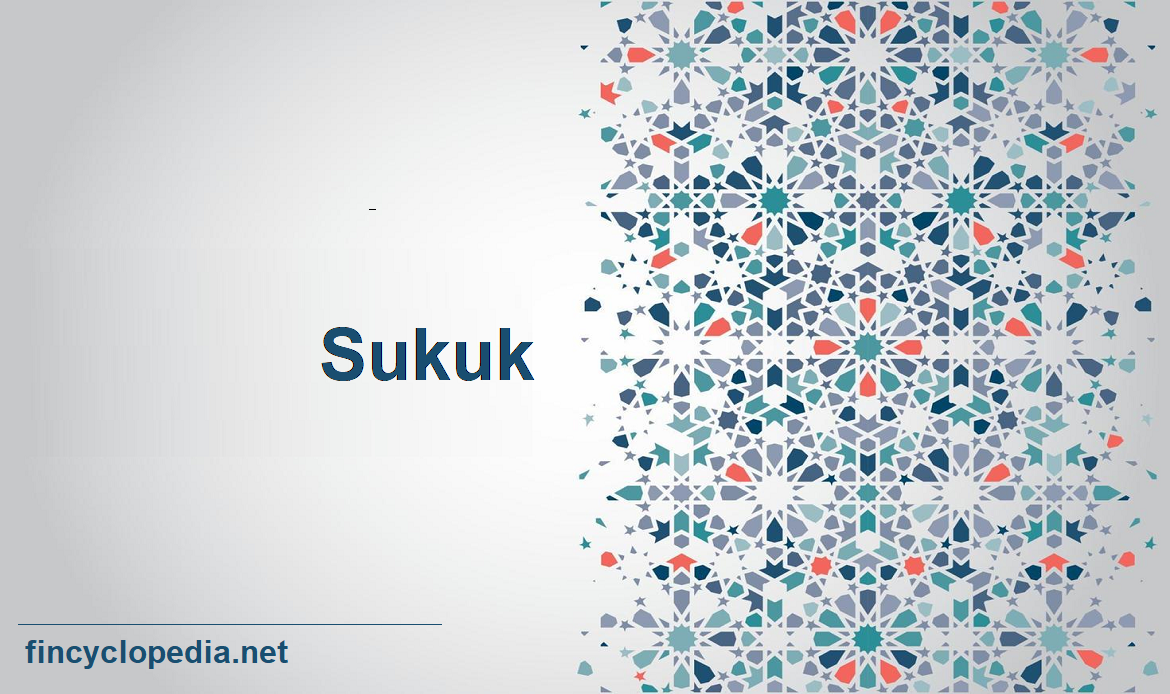A sukuk structure that involves the issuer purchasing the underlying assets and then investing, trading or leasing them on behalf the investors (sukuk holders), using the funds raised through the issued certificates (sukuk). This structure, most often, takes the guise of a sale-lease to the originator and is embedded with a binding promise (wa’ad mulzim) from the originator to repurchase the underlying assets at maturity.
Under this structure, the sukuk holders can only require the originator to purchase the underlying assets. As such, the sukuk holders have an unsecured debt claim against the originator embodied in the payment of the purchase price following an execution of the binding purchase promise. This implies that sukuk holders don’t have full recourse to the underlying assets and the underlying assets are not used as collateral. Asset-based sukuk grant only beneficial ownership to the sukuk holders, so that in case of default, the investor would be left without any claim on these assets.
The originator typically transfers to the investors only the beneficial ownership of the SPV issuer. But shari’a stipulates a transfer of assets to sukuk holders. However, since investors have no recourse to the assets, the structure doesn’t pay any attention to the asset risk, but rather concentrates on the creditworthiness of the sponsors of the sukuk.





